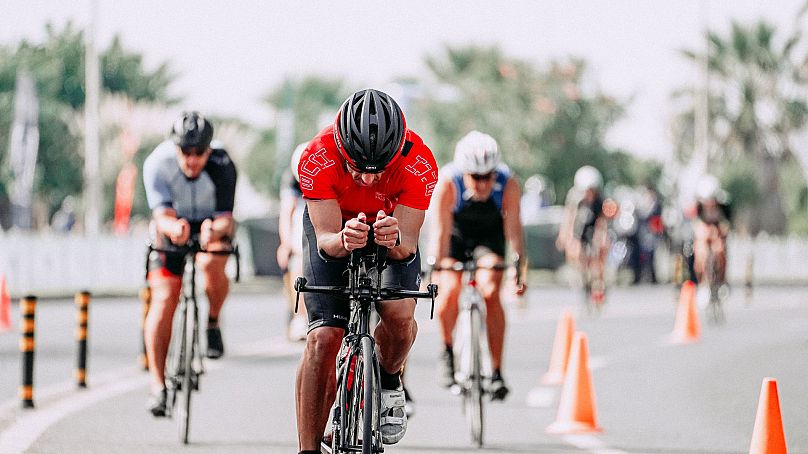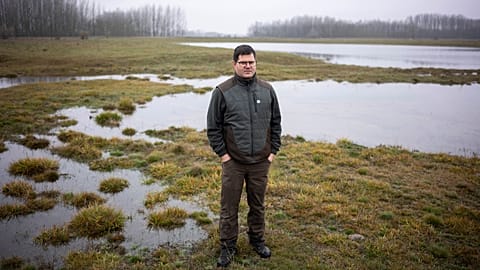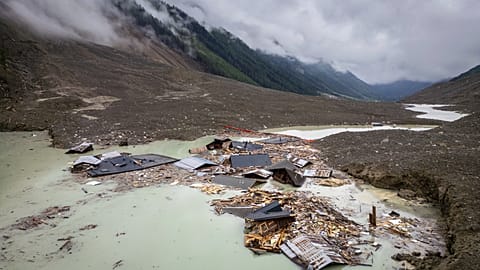Climate change could give taller athletes the upper hand, research has revealed.
From Lionel Messi to Bruce Lee, there are plenty of examples of short sporting superstars.
But could the era of the petite professional athlete be drawing to a close?
New research has found that taller, leaner athletes could thrive as the planet warms.
Dartmouth sport scientists analysed 200 Ironman competitors over two decades - and found that male runners with longer limbs thrived in warmer weather.
The study indicates that certain body types are better suited to warm climates, lead author Professor Ryan Calsbeek explains.
“[The study] suggests that global patterns of temperature and climate that determine differences in body shape among species around the planet may have shaped human body types to look and perform the way they do,” he says.
“These patterns may also influence performance in Ironman triathlons and other endurance sports.”
Why could taller athletes do better in the age of climate change?
Three-time winner of the Norseman triathlon, Allan Hovda is stockier and shorter than one may imagine a victorious triathlete being. This triathlon takes place in the biting cold of Norway.
Calsbeek was inspired to conduct the study after observing this anomaly.
“I wondered if there was something about body shape that allowed him to do better in the cold and thought about the role temperature might play for this one guy who doesn’t look like your standard endurance athlete,” he says.
Calsbeek examined 171 triathletes who competed in at least two Ironman events - one in a hot location and one in a cold climate - between 2001 and 2021.
He found that lankier builds fared better in the heat, while stockier athletes fared better in the cold.
However, the longer-limbed advantage does not apply to female athletes.
As temperatures rise, taller athletes could thrive
The average shape of professional athletes could change as the planet warms.
The average global temperature has increased by a little more than 1 degree Celsius since 1880. Two-thirds of the warming has occurred since 1975.
According to a Stansted University study, we are on track to reach 1.5°C above pre-industrial averages by the early 2030s.
Does the research only apply to endurance sports?
Other studies have shown a slow shift towards taller athletes. A 2019 study of 2,600 football players found they have steadily been getting taller, lighter and more angular since the 1970s.
As the planet heats, aspiring sports stars who lack these qualities might want to consider races and tournaments in colder climes.
“This study included a broad sample of athletes to account for motivation and training, but the link between performance and physiology was statistically significant despite these factors,” Calsbeek concludes.
“Those seeking a personal best time might consider race locations and average temperatures to choose a venue based on how their body type is adapted to perform.”



















